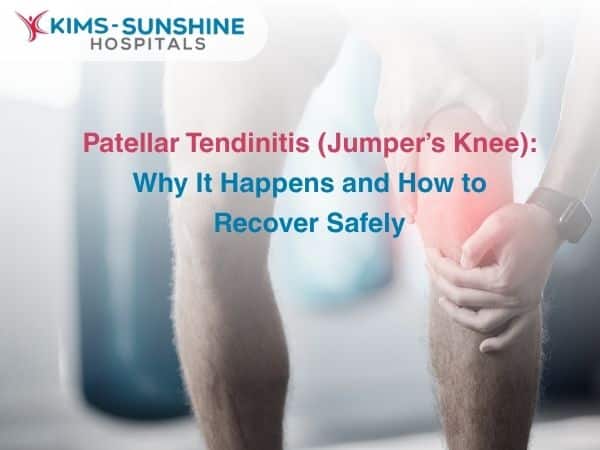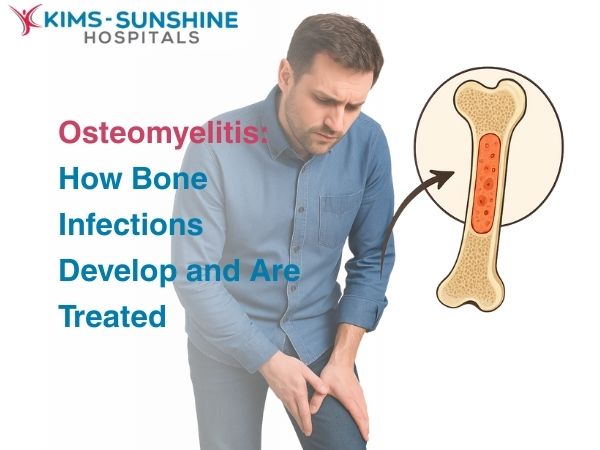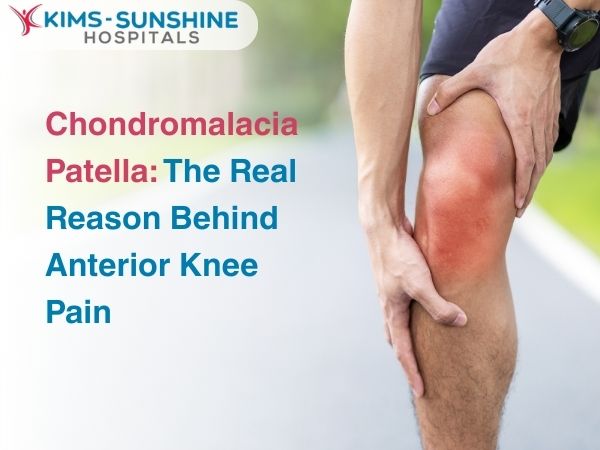
Patellar Tendinitis (Jumper’s Knee): Why It Happens and How to Recover Safely
 The patellar tendon is a very strong bundle of connective tissue that runs from the top of your kneecap or patella to the shin bone or the tibia. This tendon is what allows you to move your leg and stand up straight. Inflammation of the patellar tendon is termed patellar tendinitis. This normally occurs in athletes and other individuals who perform repetitive activities which can strain, wear down and tear the tendon in the knee. Patellar tendinitis is hence a repetitive strain injury in most cases and being overzealous with training or not prioritising rest days can worsen damage in the long run.
The patellar tendon is a very strong bundle of connective tissue that runs from the top of your kneecap or patella to the shin bone or the tibia. This tendon is what allows you to move your leg and stand up straight. Inflammation of the patellar tendon is termed patellar tendinitis. This normally occurs in athletes and other individuals who perform repetitive activities which can strain, wear down and tear the tendon in the knee. Patellar tendinitis is hence a repetitive strain injury in most cases and being overzealous with training or not prioritising rest days can worsen damage in the long run.
What Is Patellar Tendinitis?
Inflammation due to repeated wear and tear of the patella is termed patellar tendinitis. This condition is very common in athletes who jump a lot. It is pretty painful and can force you to take a few days off and rest, in severe cases.
Symptoms Of Patellar Tendon Injury-
The most common symptoms of patellar tendinitis include- pain in the front of the knee, extreme tenderness just below the knee cap and stiffness- which means you can‘t bend or straighten your knee with ease.
Risk Factors For Patellar Tendinitis-
This condition is more common in athletes, but other people who have physically demanding jobs can also suffer from it. It is more common in men than women, as their BMI is higher. Athletes who run, jump, change direction a lot while playing – like track sports, basketball, gymnastics, soccer etc. are especially vulnerable, because of the way the sport is played.
Diagnosis Of Patellar Tendinitis (Physical Exam, Imaging)-
If your doctor suspects that your knee pain is being caused due to some other underlying condition, they will check for tendonitis, among other options. A detailed physical examination is necessary – where they will check for severity of pain, location and when it began. Imaging is normally used to give them an idea of how much damage has occurred in which region of the tendon. Some of the most common imaging techniques used include MRI, X-rays of the knee or even ultrasound.
Treatment Options For Jumper’s Knee-
Rest is the main treatment that is advised for trendinitis. You will also be asked to apply ice packs to the affected knee for 15 minutes at a time, multiple times in a day. Elevating your knee can also help reduce pain too and keep blood circulation at a minimum, to prevent excessive swelling. This is the most commonly used RICE method- to deal with knee related injuries. You can also use pain killers to stay pain free.
Your doctor may also ask you to wear a brace for extra support and you should not wear it always. They will advise you on how often to wear it during the course of your treatment and recovery period. Physiotherapists can greatly assist in improving flexibility and muscle strength- especially of the quadriceps.
If the tendon is highly damaged and other non-surgical approaches are not helping with the pain, then surgery may be recommended.
Conclusion
Patellar tendinitis is a pretty common condition that affects athletes worldwide. It can be easily mistaken for other conditions like meniscus tears, bursitis or other conditions, as knee pain is a common symptom in all of them. The main thing to remember is that rest is very essential- if you have an inflamed tendon. Not resting can make the pain and inflammation worse and even cause your tendon to tear, in extreme cases. This will mean surgery to repair the tendon, which can increase your down time considerably. So, when you have knee pain that gets worse with physical activity or if the pain is sharp when you are trying to straighten your knees, talk to your doctor and get it looked at as soon as possible.






